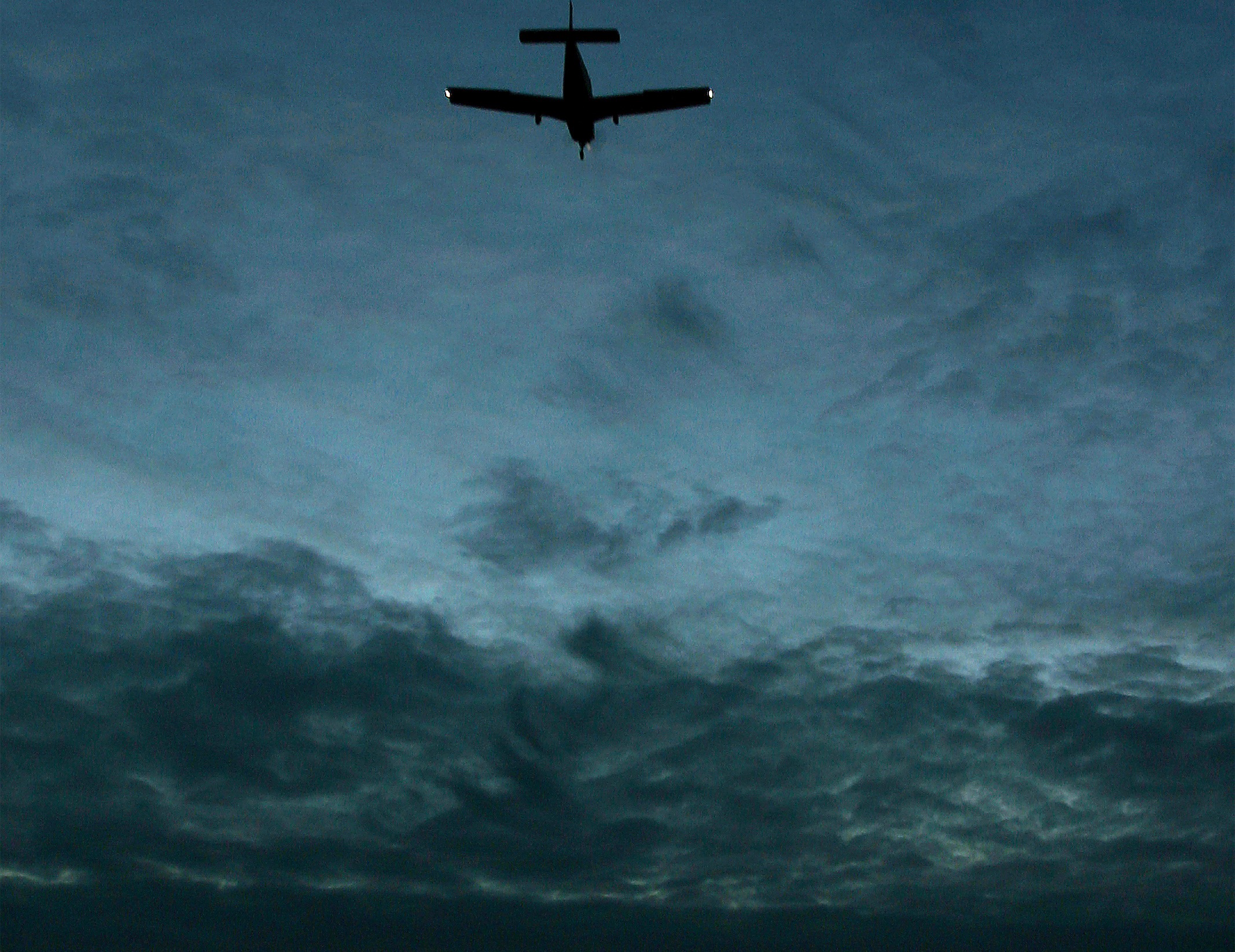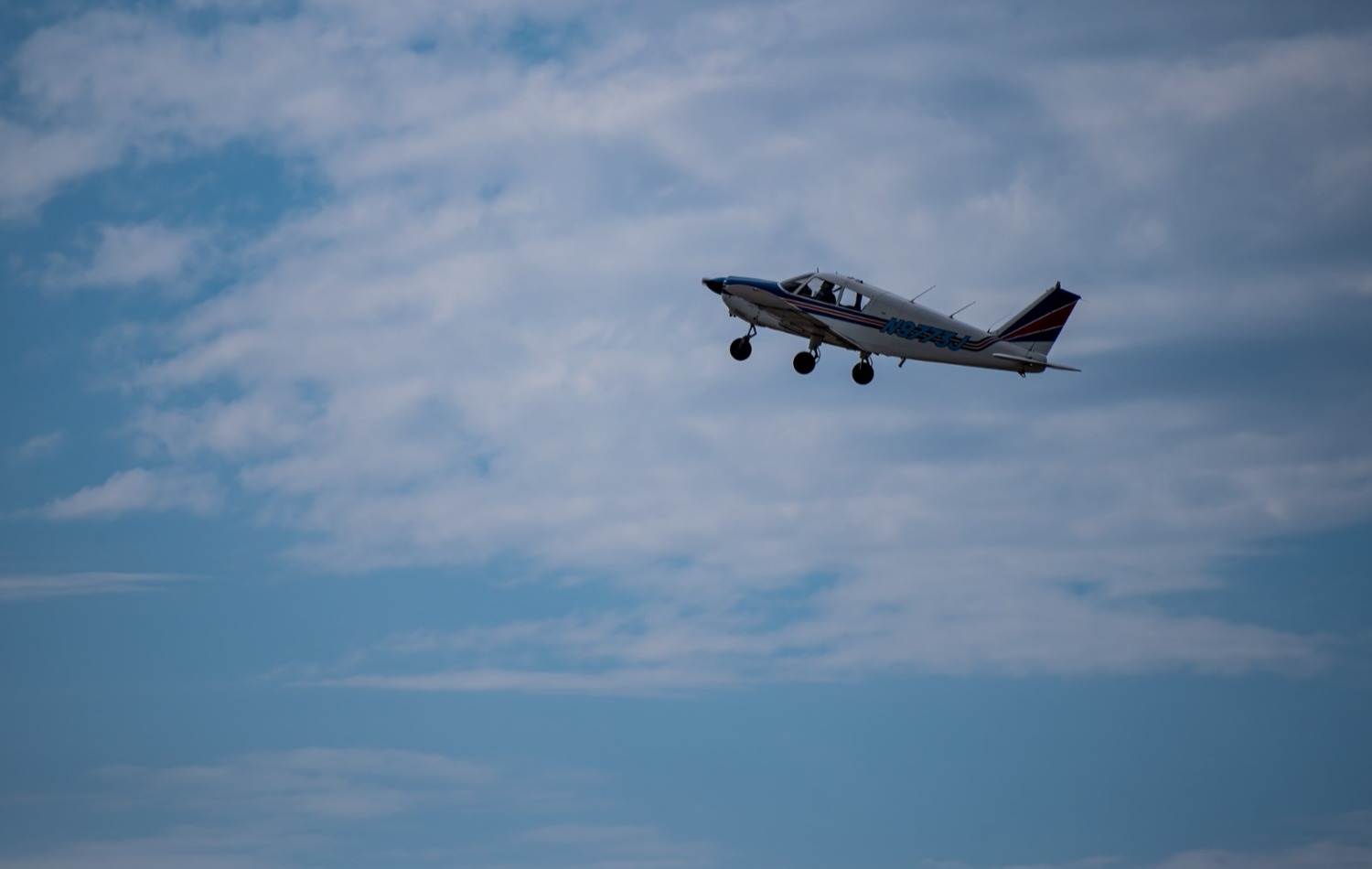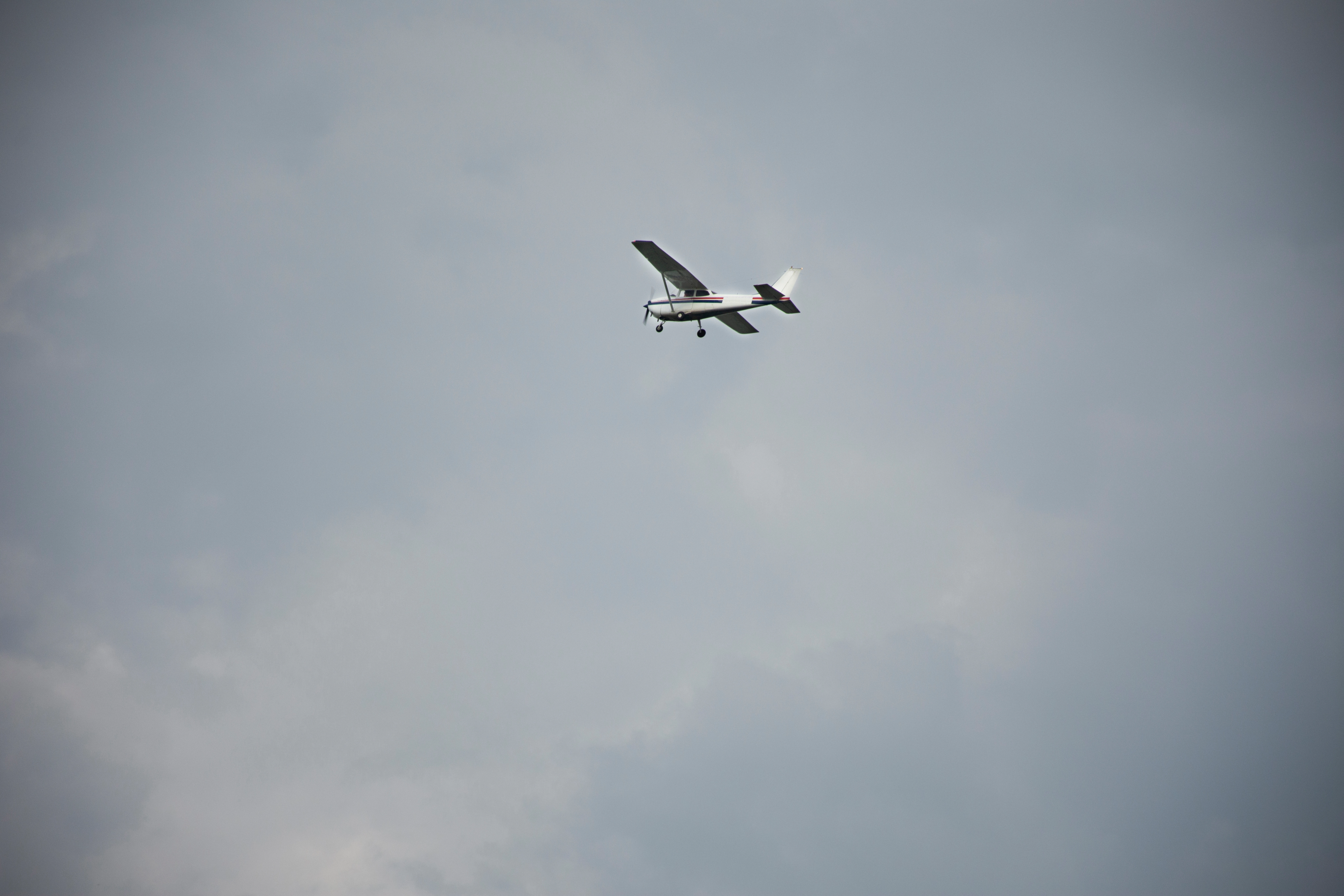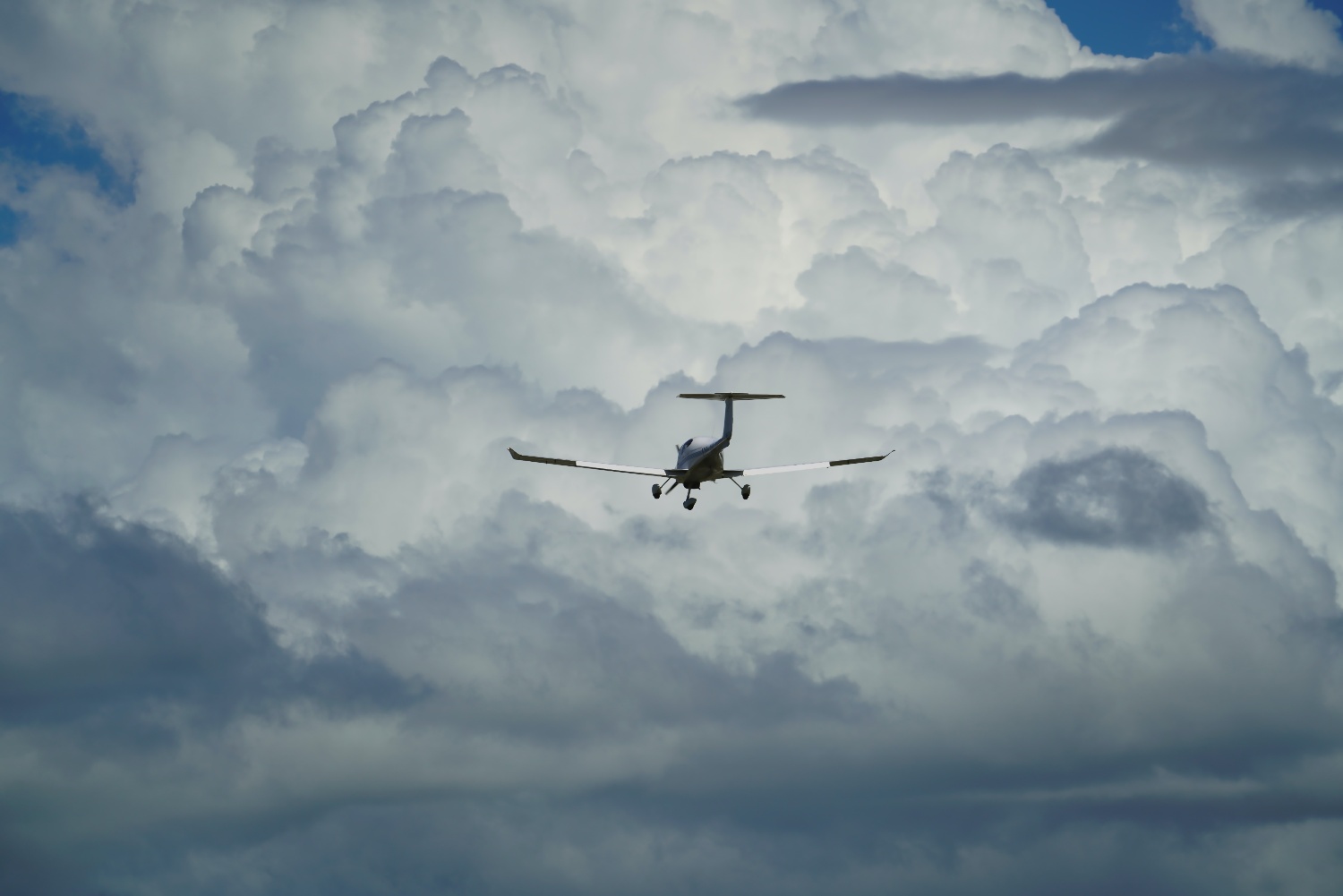In July 1999, a Piper Saratoga disappeared over Long Island Sound en route from Caldwell, New Jersey, to Martha’s Vineyard in Massachusetts. Following an unusually comprehensive search, Navy divers located the wreckage 120 feet beneath the Atlantic Ocean.
The pilot of the Saratoga was John F. Kennedy Jr., and the fatal accident is among the most well-known in general aviation history.
Background
JFK Jr. received his private pilot certificate 15 months before the accident flight, following a 15-year on-and-off relationship with general aviation (he began flight training at the end of 1986, abandoned it between 1988 and 1997, and finally earned his certificate in 1998). He bought the PA-32R only a few months before the accident.
Reportedly, JFK Jr. was a cautious pilot who hired CFIs to serve as safety pilots on several occasions. He was reluctant to fly single-pilot during his two-month shakeout in the high-performance Saratoga. He also was noted for being meticulous in his preflight planning.
JFK Jr. had completed around half of his instrument rating (most of it at a training program in Florida). CFIs who had flown with him characterized him as a diligent pilot with no serious deficiencies. However, they also stated that he was not yet ready for an IFR checkride, noting that while he was capable of flying on instruments, he had difficulty managing additional tasks simultaneously. He also had trouble with the autopilot in the Saratoga, which sometimes changed navigational modes unexpectedly.
The Flight
He had a subscription to WSI Pilotbrief, an aviation weather service utilized by many professional flight departments. He logged into the service just before departing that night. The weather was mostly clear, with scattered clouds at 2,000 feet. The forecast showed occasional pockets of reduced visibility. The planned route was peppered with B, C, and D airspace, further complicating a VFR transit.
The flight departed from Essex County Airport in New Jersey just before the end of evening civil twilight. By the time the Saratoga was feet wet over the Long Island Sound, it was pitch black. Several other pilots who flew the same route reported needing to orient themselves solely by instruments. The combination of clouds, mist, and nighttime obscured the horizon. It was a legal flight for JFK Jr., yet the conditions clearly demanded IFR skills, which he had not yet mastered.

FAA-H-8083-3C, Chapter 11, states: "Pilots should avoid a VFR night flight if expecting conditions below VFR minimums. If encountering IMC, risk increases dramatically unless both the pilot and aircraft are equipped for flight under IFR, and the pilot has prepared and filed an IFR flight plan that can be activated, if needed." It goes on to say that "crossing large bodies of water at night in single-engine airplanes could be potentially hazardous, because in the event of an engine failure, the pilot may be forced to land (ditch) the airplane in the water."
In other words, it is a bad idea to fly over the Atlantic at night, in limited visibility, with a moon “19%-full, only 11-degrees above the horizon” (when the NTSB investigates the death of a Kennedy, they spare no detail).
Weather forecasts are neat little devices, but translating words such as “scattered” and “occasional” into a meaningful go/no-go decision can be extremely difficult. During daylight, you’ll likely get away with a minor “fudge” of the weather (in most cases, you can see and avoid it) but, at night, it can swallow you whole. Disoriented, in the dark, in a new aircraft is a lousy place to be for a pilot.
Unfortunately, stumbling into an unseen cloud at night is easy (an event I have personally experienced). It also can be dizzying to look up from a chart and be confounded by an indefinite collection of stars and rural lights (another personal experience). Add in the vestibular illusions that haunt our human bodies, and the death spiral becomes a phenomenon easy to understand.
Lessons
The cure is both easy and hard: ignore everything else and focus on the instruments. It is also important to keep a cross-check going in case a gyro fails (I've had that happen, too).
To do that, your instrument skills need to be sharp. Even if you have obtained an instrument rating, you have not finished the job. You must maintain currency (six approaches in six months in an approved device is the regulatory bare minimum).
With the proliferation of desktop flight simulators, it is easy to maintain an even higher level of proficiency. Approaches are cheap at a few watts an hour.
If you are a VFR pilot, there is no reason to fear the night. Acknowledging that it represents a unique threat that demands a diligent approach is enough. However, a VFR-only pilot should restrict night operations to times and places with illumination, either by city lights or a relatively full moon.
Avoid the blackhole scenario of open water or remote areas. If weather reports indicate “occasional” or “scattered” conditions, you should consider pulling the plug. Live to fight another day.
Above all, use the threat as an opportunity to refresh your instrument skills. Whether from the comfort of your home, in an approved flight training device at a local airport, or under the hood with a safety pilot, there is nothing better than improving skills that could one day save your life.
For more information on this flight, you can read the full NTSB report here.
Share this
You May Also Like
These Related Articles

5 VFR Takeoff and Landing Procedures To Keep Your Skills Sharp

VFR Not Recommended
